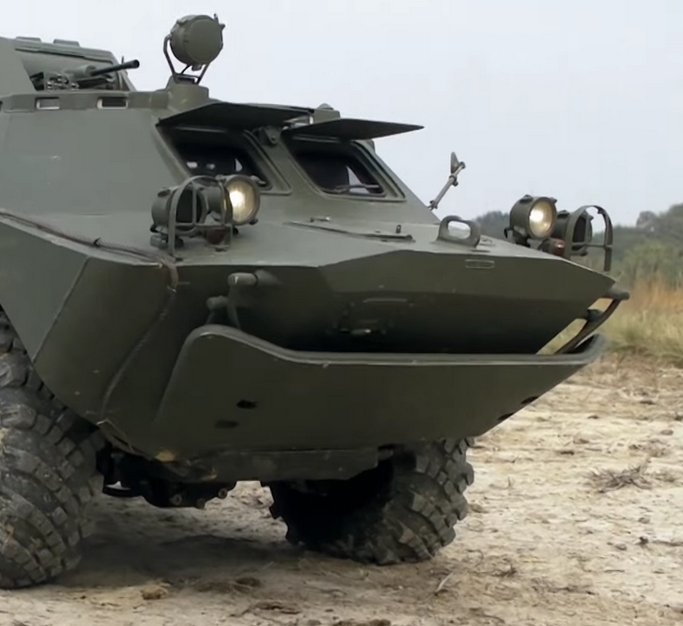

- Todd the Father
- Todd the Son
- Todd the Spirit




Sanctions really are the biggest own goal.
It would be the LEAP not the PD-14 in the MC-21, if not for sanctions. In normal conditions, it’s a winner takes all market no matter how tiny the difference is every cent counts to carriers. Only the single most efficient engine available would’ve made sense and it turns out sanctions did just that.
The sanctions are the largest boon to Chinese semi tool companies; they were snubbed by big name Chinese tech beforehand. Now, fear and uncertainty of supply weighs down the western competition. ASML in China has been brought down to SMEE’s level; next year, ASML can’t sell anything more advanced than what SMEE can make.
SMIC would have the same issues as Global Foundries did with justifying the investment in 7nm. The few fabless companies in China that use leading edge processes are wedded to TSMC. If Huawei wasn’t there as a guaranteed customer, SMIC wouldn’t have been able to get their investment to pay off. Huawei didn’t even consider domestic alternatives outside of what they themselves make before the sanctions. The Mi 10 Ultra, with a QCOM SoC, had more domestic parts than the Huawei equivalent.
Even advanced engines can’t redeem the F-35 though, it’s still slower than the JF-17.

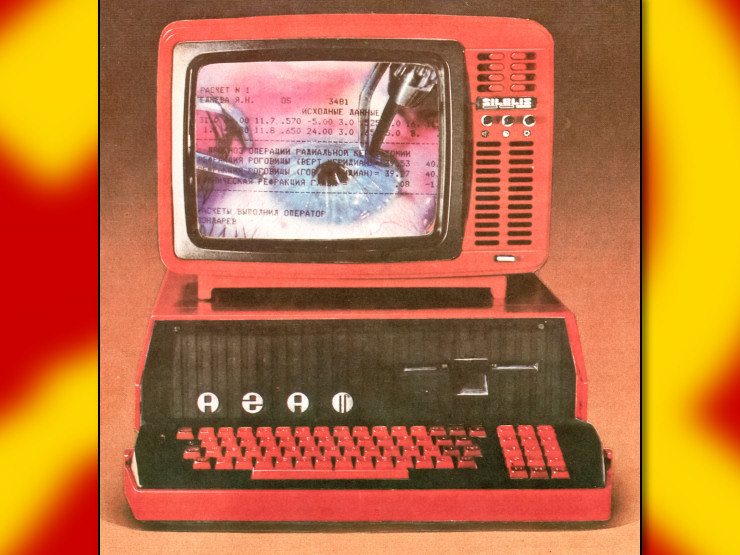
Yes, there will be progress but that’s not really what Moore’s Law is about. Moore’s Law is not an observation that there will be progress eventually but an observation at specific rate of that progress. It’s not “transistors will double eventually”, or “transistors will increase somewhat every 2 years”.
With exponential growth, the tiniest decrease compounds to a major difference. 2 to the power of 3 is 8; the A16 has 16B transistors not 26B. That’s with the gains of the last DUV nodes, 16->10->7nm. EUV to EUV, 5nm to 3nm doesn’t match up to that. It seems transistor growth with EUV nodes is becoming linear so not really in line with the exponential growth of Moore’s Law.
The chips could be larger but flagship phones would have to become even more expensive, and physically larger to dissipate the extra heat. Dennard Scaling mattered more in practice than Moore’s Law ever did but that ended over a decade ago. At the end of the day, all the microarchitecture and foundry advances are there to deliver better performance for every succeeding generation and the rate of that is definitely decelerating.
In 3 years, the only Android chip that has a perceivable difference in performance from the Kirin 9000 is the 8 Gen 2, which cost $160 just for the chip. That performance difference isn’t even enough to be a selling point; the Mate 60 Pro is in the same price range as those 8 Gen 2 phones yet is still perfectly competitive in that market segment.


Transistor density isn’t doubling every 2 years.
N3E is only 1.6x denser than N5 and that only apply to logic transistors. TSMC assumes logic makes up 50% of a hypothetical chip to arrive at 1.3x scaling. It wouldn’t come anywhere near close to actually doubling in real chips.
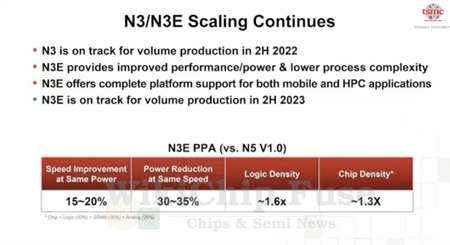
Analog and SRAM scaling has been decelerating for years. TSMC N3E has the same SRAM cell size as N5. Samsung 4nm has the same SRAM cell size as 7nm. Because they don’t scale with logic, every succeeding generation these components will take up more and more of the silicon hence AMD’s move to chiplets.
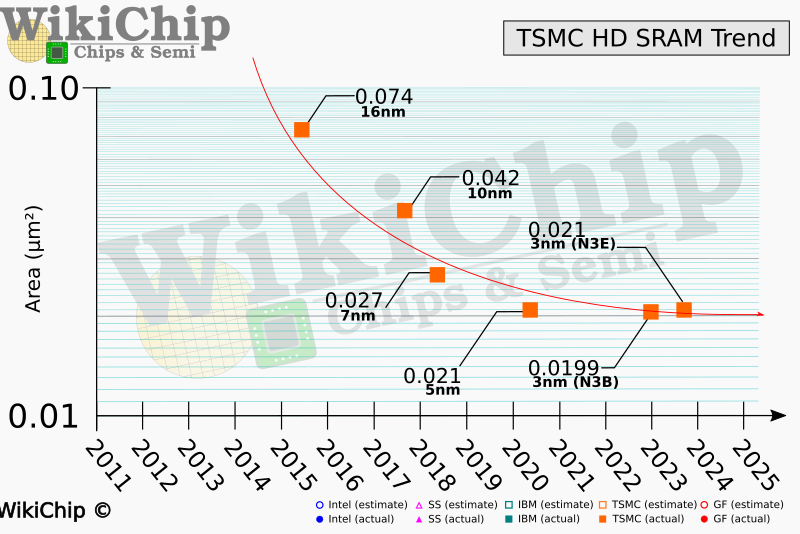


Men of War
Red Faction Guerilla


Just copy all the contents of the SD card over to be safe. Retroarch might be storing files on the SD card and the BIOS folder might be separate from the ROMs.


Having firmware on the SD card is unique to Linux handhelds. Android handhelds are basically phones so the operating system is in the flash chip on the motherboard.


Qualcomm being the only company allowed to sell 4G SOCs to Huawei was a bullshit move in the first place.
The only reason Qualcomm sold so many to Huawei was because the US blocked Mediatek and UNISOC. The US government never gave a legitimate reason why they never granted permission to the competition that applied to supply Huawei.


28nm is the nominal resolution of the scanner. The chips that can be made with a single exposure. In that measure no ASML DUV scanner is 7nm either. The physics of 193nm light makes it impossible for any DUV scanner to have a nominal resolution of 7nm. 7nm chips are made using DUV by exposing 4 times at a 28nm resolution. The same quad patterning techniques allows 22nm chips to be made with a 90nm machine.
The name is also misleading 7nm chips aren’t sub 9nm. TSMC’s 7nm chips are physically 10nm. The marketing names haven’t matched for years. It all started when TSMC sold 20nm FinFET under 16nm branding as they believed the addition of FinFET gave it 16nm performance. Then the entire industry adjusted their naming conventions to match with TSMC.
SMIC, Huawei didn’t get to where they are by compromising. They never would’ve bought the Chinese domestic alternatives if not for sanctions. Price doesn’t matter in this industry, what they’re looking for is the best in the market. This is not the type of capital equipment that subsidies can sell. Which is why when US scanner manufacturers couldn’t compete with ASML, they completely failed as economically viable businesses and their assets were sold off.


China prepared for this 17 years ago. They launched the “02 Special Project” all the way back in 2006. The companies established by those grants have existed years before the sanctions. They were able to develop the products but selling them was another thing entirely, until the sanctions hit causing a massive boom in their revenue. People forget that it was market conditions that killed GlobalFoundries 7nm effort not technical issues. The same reason UMC gave up on anything more advanced than 14nm. Sanctions created the inevitability of Chinese 7nm by wedding the world’s largest telecom equipment vendor, Huawei to SMIC.
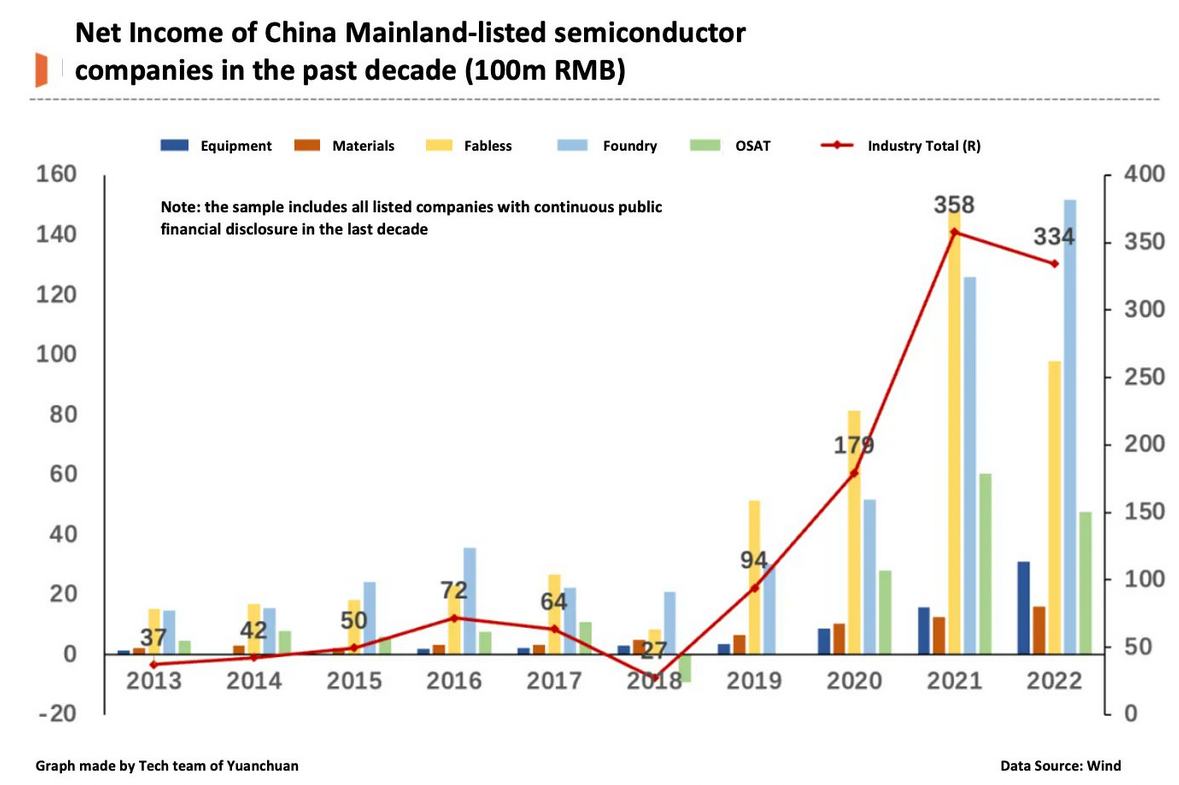
It’s an amusing coincidence that by the time ASML will no longer be granted export licenses for their 5nm capable DUV scanners, the NXT:2000i and above, SMEE will be selling a 7nm capable scanner, the SSA/800-10W. A machine easily comparable to the NXT:1980Di that TSMC used to develop their N7 process. The fact that the NXT:1980Di and anything less advanced than it isn’t going to be export restricted is an implicit acknowledgement of the Chinese capability of making competing machines.
5nm capable DUV scanners, such as the SSA/900 still in development, might be a requirement for SMIC N+2 however as the “7nm” Kirin 9000S is only 2% larger than the TSMC N5 made Kirin 9000. That suggest a density far exceeding anything any other foundry has been capable of with just DUV, such as Intel 7 or TSMC N7/N7P.
Applied Materials and LAM are less of an issue. AMEC has been selling 5nm etching systems to Samsung and TSMC for years.
TSMC made Kirin 9000 ran out in 2021, P50 Pro was the last phone to use it and the Kirin 820 ran out in 2022. It’s only the 5G base stations that still use TSMC made HiSilicon chips.


The US government placed Huawei into the US’s so called “entity list”. Qualcomm needs US government authorization to sell to Huawei and they’re limited to selling 4G SOCs.
The P60 having the SD 8+G1 might be lag from Qualcomm having to make a 4G variant or lag from Huawei transitioning from Kirin to SD SOCs. Alternatively it could just be that the SD 8G2 is not worth the price Qualcomm is selling it at given that Poco doesn’t bother to use it for their best phone, the F5 Pro.
There are no trade restrictions to selling to other Chinese smartphone brands. Qualcomm would collapse if it weren’t allowed to sell to them. BBK, Transsion, and Xiaomi buy up most of Qualcomm’s phone chips and make most of the world’s phones. Samsung uses its own Exynos for the A series phones that make up the bulk of its sales.


A SMIC “7nm” Cortex-A510 core is more efficient than a Samsung 4nm LPE Cortex-A510 core although TSMC 4nm remains incomparable.
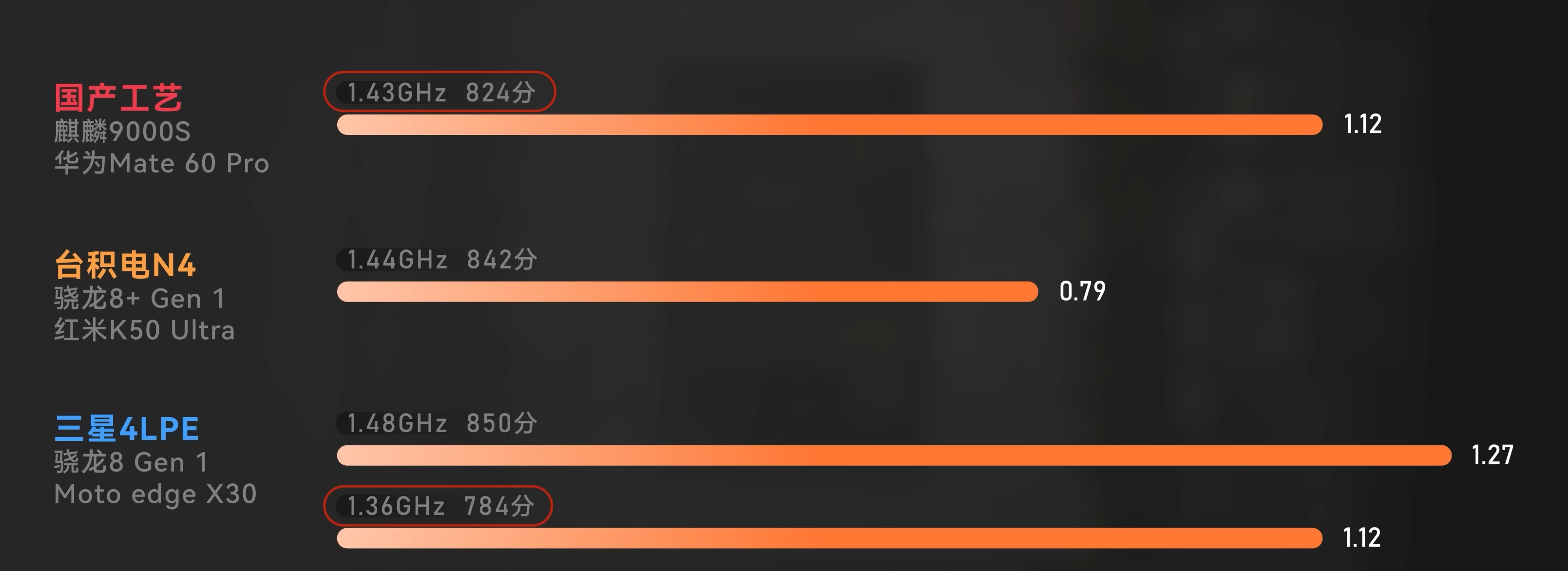
The Kirin 9000S is about the same size as the original Kirin 9000 chip, which was made using TSMC 5nm. That implies a transistor density that is closer to 5nm than it is to 7nm.
It is competitive with 5nm chips. Performance and efficiency are equivalent to the SD 888, and better than the Exynos 2100. The Kirin 9000S has custom Taishan cores with SMT allowing it to achieve a better multi-core score than all but the SD 8G2. Still the Kirin 9000S doesn’t quite match the power efficiency of the original 9000 and the custom Maleoon 910 GPU doesn’t have the raw performance of the original’s Mali G78 MP24.
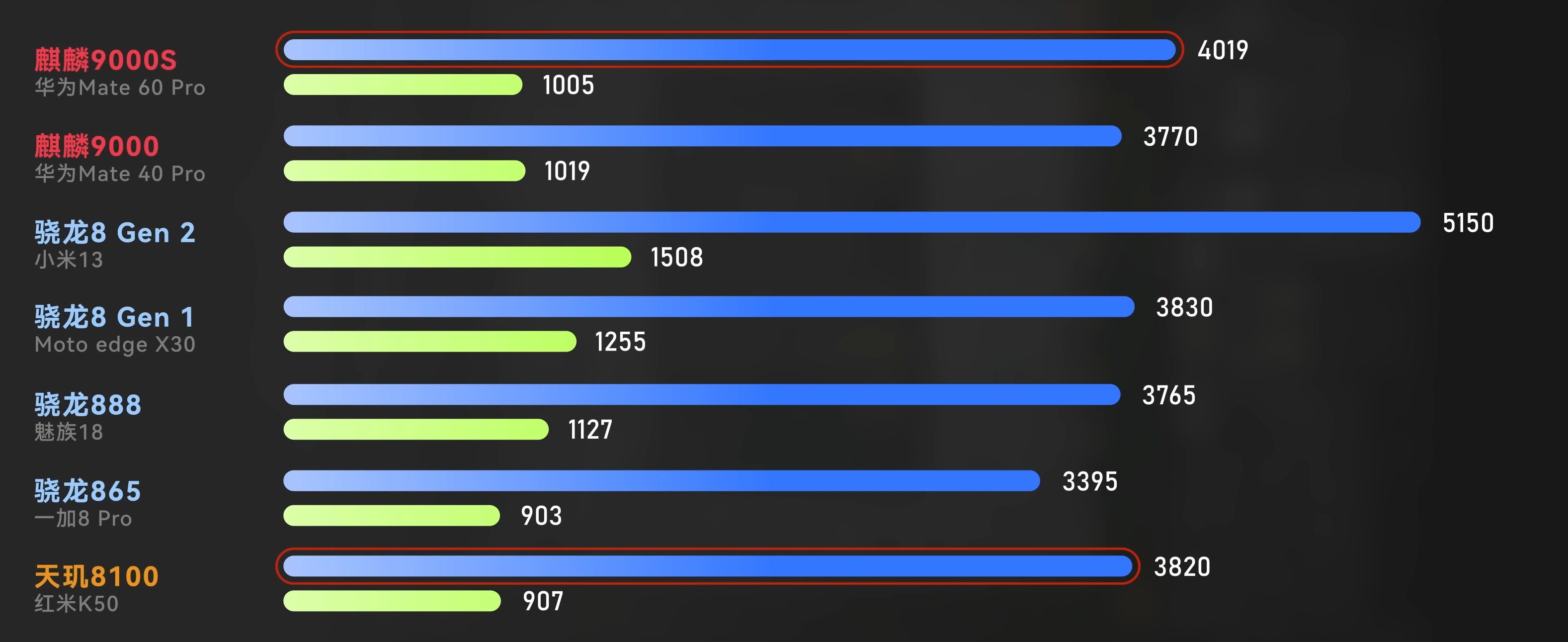
All evidence points to SMIC “7nm” being comparable to Samsung 5nm LPE in density, performance and efficiency.
Even with just auto translated subtitles, the Geekerwan video was incredibly informative unlike the…
Trash article by Bloomberg as always absolutely bereft of any of the technical details that might have made the TechInsights report actually interesting. Instead they decide it’s better to waste the reader’s time by shoving in the useless opinions of stock hawkers, business school “analysts”, and people who are paid to brainlessly toe the state department line. Nobody left with a relevant computer engineering background in the west apparently. What a bait-and-switch, I regret bothering to read it. I can’t stand the slimy way US mainstream media tries to manipulate sentiment.

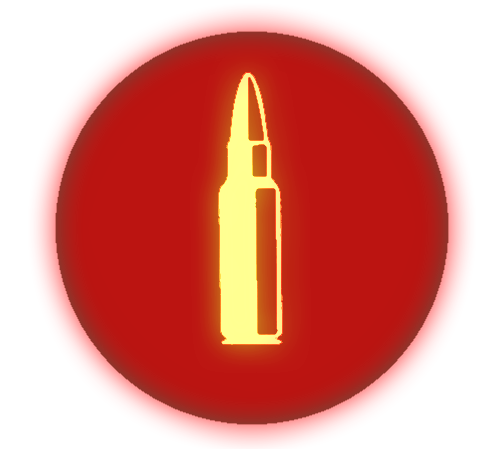
Although I’d say these channels are more accurately described as apolitical analysis based on facts.


The only Nintendo console I ever had was a Famiclone so I don’t really have much nostalgia for their games.
It’s just Nintendo ROMs that are disappearing. It’s still easier than ever to find even the most obscure classic PC games on abandonware sites and GOG compilation torrents. It’s also only the SEO abusing ROM sites that are vulnerable to Nintendo’s attacks. Complete ROMsets for their consoles can still be obtained through torrents, Vimm.net, and the r/ROMs megathread especially for the older cartridge consoles.
Emulating a current gen Nintendo console has never been as good as it is for Switch emulators. Any new PC can emulate Switch Triple As at full speed. Android is getting builds of the Yuzu emulator and mobile SOCs have enough power to run less demanding titles. When a lot people who don’t even own a Switch can play Tears of the Kingdom, Nintendo is understandably trying to crack down. The portable aspect of the Switch is no longer a unique advantage. It used to be just GPD making those handheld PCs now every brand is trying to compete in that form factor.
Honestly I think the state of emulation in general is experiencing a golden age.
Retroid, Anbernic and AYN are making hardware that is a better solution for most people than trying to jailbreak and refurbish old original portable consoles. The screens, the analogs and the buttons they use are as good if not better than the first party hardware. Unlike bulky handheld PC, their Linux or Android based emulation handhelds are still in the same size and weight class as the PSP.
A couple years ago the Xbox 360 and PS3 emulators were basically just experimental demos. They weren’t stable enough to actually finish any game on and most CPUs weren’t fast enough to run them at full speed. They’re still hit and miss but the list of playable titles will only ever grow.
It has come to the point that the PC can play everything. All previous gen consoles aside from the OG Xbox have emulators at a playable state. There are almost no current gen console exclusives anymore as the PC is getting ports of PS4/PS5 exclusives, the XBone/Series never had any to begin with, and of coarse the aforementioned Switch emulation.

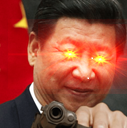
Being given access to accurate intel is no guarantee that they actually leverage it to form their own views.
There are anecdotes of US officials using mainstream media to spoonfeed them their positions on issues as they can’t be assed to do anything resembling actual work.


US mainstream media isn’t even trustworthy for predicting the US economy.
They downplayed if not outright denied the potential causes of the Great Recession until well after it had already occurred. They then portrayed the Great Recession “from the perspective of the Obama Administration and big business” manipulating the empathy of their audience in order to serve the interests of their true masters.


Asian Knockoff Mexicans
Mail order brides for those who can’t afford Eastern Europeans or East Asians
To the IQ obsessed HBD types, having the lowest PISA scores in Southeast Asia means we’re more Honorary Black than Honorary Aryan on the racial totem pole.


There were Soviet nukes placed in Ukraine with a preplanned trajectory to hit the west and needed authorization from the CPSU in Moscow to be fired.
Ukraine never had nukes. They didn’t have the ability to maintain and control the arsenal that was placed there.
My take on simulation theory is that it describes the conscious experience of dreams and reality.
The conscious aspect of the human psyche exists in a simulation created by the unconscious. Hence the perception of reality is nothing but a dream chained to the material world by unconscious’s interpretation of the senses. Given the physical limitation of human eyes and ears, the ability to perceive and navigate in 3D can only be possible by the unconscious reconstructing a doppelganger of the material world. In a way that is similar to the architecture of an intelligent agent.
What counts as the present, the current second, millisecond or nano second? In such an infinitely small slice of time sight and sound contains little information. They can only mean something through the temporal accumulation of data creating an imagined perspective.
Consciousness can not exist without this simulation hence the inability to perceive the state of being a sleep but not dreaming. In spite of complex thought still occurring during that period.